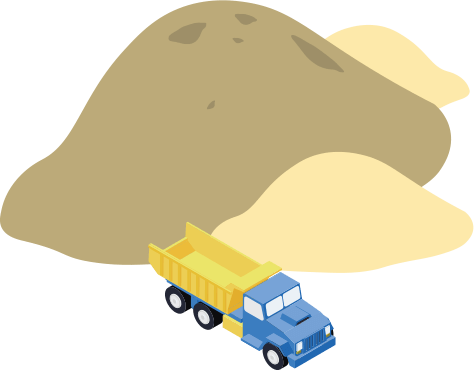One of the most important questions a marketer must answer is: who are their customers?
If you really understand your prospective buyers, you can work out how to sell to them.
If you don’t understand your prospects, your chances of success are severely diminished.
There are a lot of angles to this, which we are going to discuss.
It is really a never-ending part of marketing to improve your understanding of prospects, because there is always more to profitably know, and because over time, your potential buyers may change.
STARTUPS
It is one thing to profile your prospects if you have an up-and-running business.
Startups are chancy mainly because you DON’T know who you are going to sell to, what their hot buttons are, etc., etc.
Sometimes you’re starting a business in an industry you’ve been working in. That obviously makes it much easier, exactly because you know a lot about your prospective customers. Even in that case, don’t underestimate the difficulties.
Business consultants often advise startups to have enough cash to operate for two years without revenue. Gives them time to figure it out.
The worst situation is having to get revenue going now now now, without the answers it takes to make that happen. In that case, you just need to be a genius, another Steve Jobs.
YOU CAN’T FIGURE IT OUT WITHOUT TRAFFIC
By traffic we mean people encountering and engaging with your marketing materials – website, ads, or whatever.
Understanding your customers requires a feedback loop.
Whether you are a startup or an ongoing business, surveys and market research can make all the difference in the world and should be used.
But then the rubber has to meet the road. You’ve determined to the best of your ability what to say, where to say it, and so on.
Will it work?
You pay your money and you take your chances.
No one should ever be surprised in marketing, to have a sure thing turn out a complete bust.
I am not trying to spread a discouraging word. Quite the contrary. Success is based on reality, the truth of the matter is that the most informed marketing efforts often fail the first time. They require adjustments, often complete re-do.
If you allow for this in your planning, if your first marketing campaign is a disaster, you aren’t going immediately into slit-my-wrist mode. You already were thinking in terms of “what if” and have time and funds ready to salvage the mess.
MINIMUM VIABLE LAUNCH
There’s a concept we borrowed from software, “minimum viable launch.” What’s the least you can do to give a proper test of your marketing campaign and planning?
You’ve got to get eyeballs on your offering to find out whether it works. If you spend too much time and money on something to get it ready to test it, you may have wasted a lot of time and money, even doomed your effort.
I knew someone who had developed a great, needed, and wanted software product. It only had one competitor that amounted to anything. He spent years perfecting his product. By the time he was ready to launch, that competitor was very well known and widely used, and, actually, much more capable than his product because they had plenty of funds for development, as well as feedback from a large and expanding customer base, to know what new features were needed and wanted.
Result? Failure.
You can look up the competitor’s program on Wikipedia. My friend’s product? Not so much.
You want to get your product or service to market as fast as makes sense because the world is not standing still.
DIMENSIONS OF UNDERSTANDING
Let’s take a look at many of the different aspects of understanding customers. This is not meant to be a complete list. I just want you to get the idea there’s a lot that can be known. And the more you know, the better your chances of success. You’ve got to get launched, but then you have to keep going, building an understanding of your customers. We’ll use Business-to-Business as an example:
1. Industry.
2. Age of purchaser.
3. Job title of a purchaser.
4. Geographic location of business.
5. Size of business.
6. Attitude of decision-maker towards your category of products of service.
7. Reputation of your product or service or business if it is ongoing.
8. How important is the price to the buyers?
9. What method or methods of purchase are applicable (cash purchase, lease, rental, monthly subscription, etc.).
Oh, I could go on and on.








